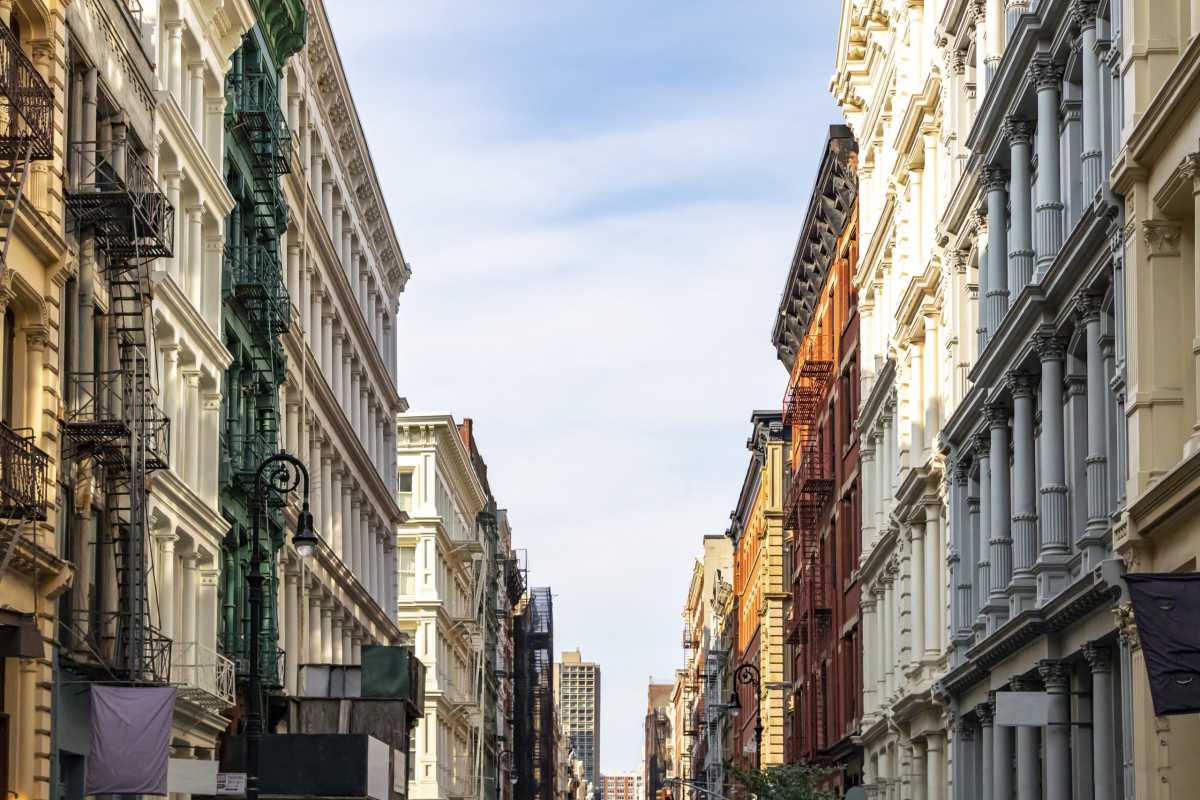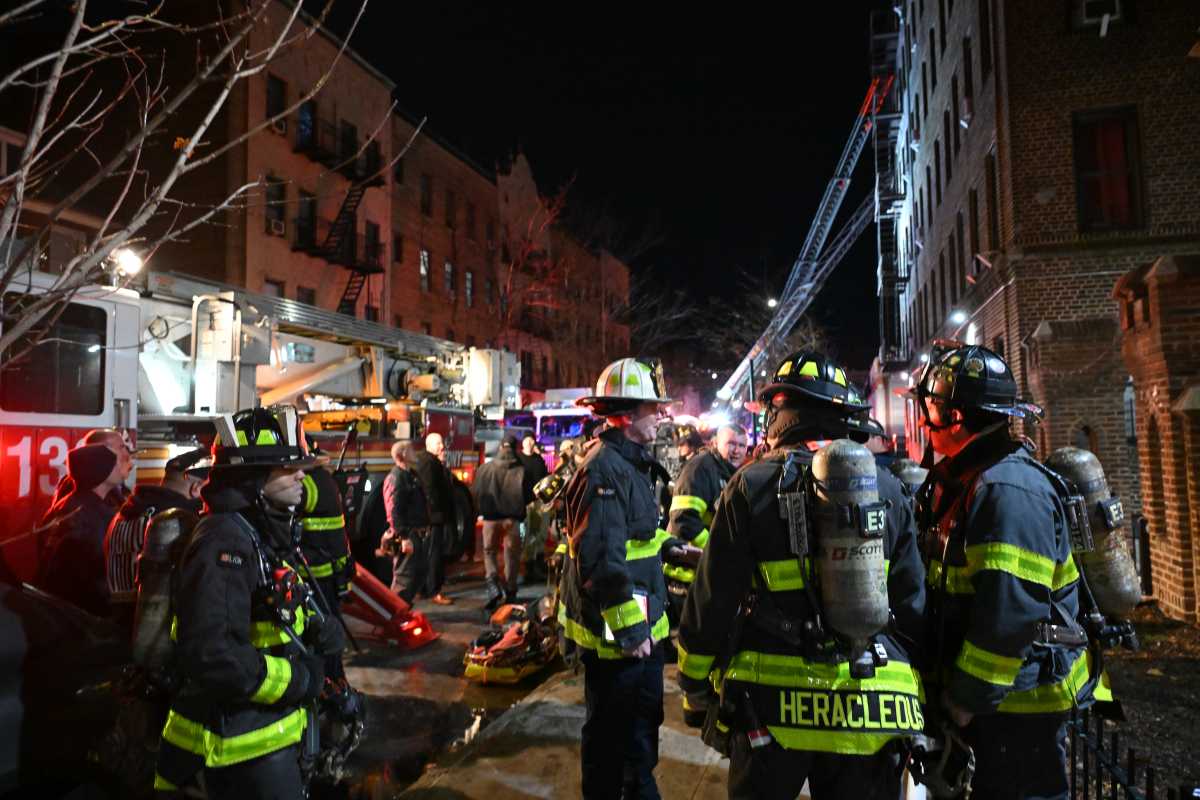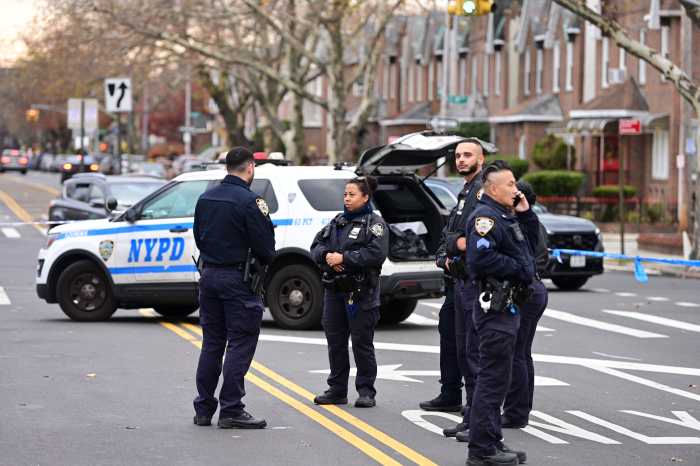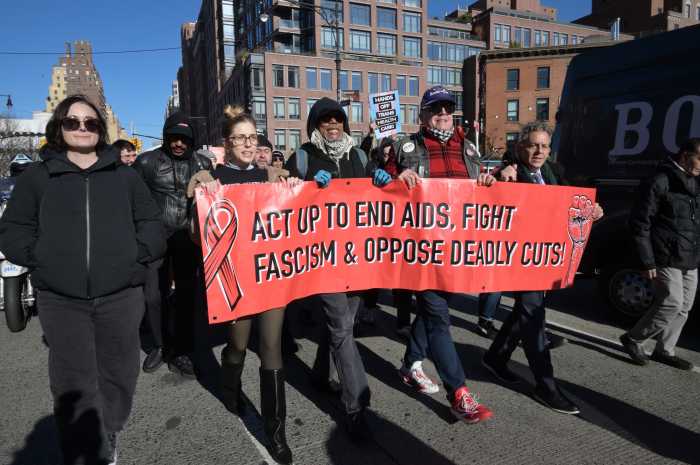The latest chapter in the ongoing battle over the potential rezoning of Soho and Noho focuses on the Citizens Housing Planning Council’s (CHPC) latest report advocating for changes to spur affordable housing development in the area.
The CHPC report “Rezoning Soho/Noho For a More Equitable New York City” went live on Sept. 10 on the council’s website. The group calls the rezoning “a crucial first step in advancing an equitable development framework for New York City” that would boost affordable housing construction — and lambasted critics of the plan as NIMBYists seeking to preserve the status quo.
On the flip side, the leader of local historic group Village Preservation blasted the report as disingenuous and suggested that it represented a massive conflict of interest. Representatives of several developers and property owners in the Soho/Noho area are members of the CHPC board.
The protracted battle over rezoning the two high-end neighborhoods began in 2019, when the city launched a review of the community’s existing zoning laws — most of which have manufacturing overlays that inhibit the development of additional housing units.
Half of the neighborhood’s built floor area is used for retail and office purposes, while another 40% of the floor area is residential — yet the neighborhood is under M1-5A and M1-5B special manufacturing zoning districts created in the 1970s to accommodate both light manufacturing and artists in the neighborhood.
But the CHPC report contends that far fewer artists live in Soho and Noho to warrant the continued manufactured zoning. The communities have also become some of the most pricey neighborhoods in New York — with average rents coming in at a whopping $12,000 a month, and average home sale prices reaching $6.6 million.
“The zoning is now outdated and unnecessarily onerous, hindering affordable housing development and causing even land use actions that are aligned with neighborhood character to require time-consuming and expensive processes, such as obtaining a variance or special permit,” the report charged.
Along with being manufacturing-zoned communities, most of Soho and Noho lie within landmarked districts in which any renovations require approval of the city’s Landmarks Preservation Commission.
Opponents to the rezoning charge that changing the zoning would undermine landmarking efforts, making it easier for developers to raze or dramatically alter properties to build new structures that are out of character with the neighborhood.
But the CHPC dismissed such claims and other arguments “made in opposition to the Soho/Noho rezoning” as “largely unsupported by data and facts, and some are clearly founded in NIMBYist attitudes that run counter to the” city’s values.
As 85% of the special manufacturing districts in both neighborhoods lie within historic districts, the CHPC reported, “any development projects in the great majority of the neighborhood are subject to individual review by the LPC.”
Andrew Berman, executive director of Village Preservation, contends that the CHPC report only serves to buoy the interests of local developers who own property in Soho and Noho that would be ripe for redevelopment under new zoning districts.
In a Sept. 15 statement, Berman blasted the CHPC for failing to disclose in their report the various local ties of many board members including Edison Properties, which owns a 20,000 square foot parking lot at the corner of Lafayette and Great Jones Streets in Noho.
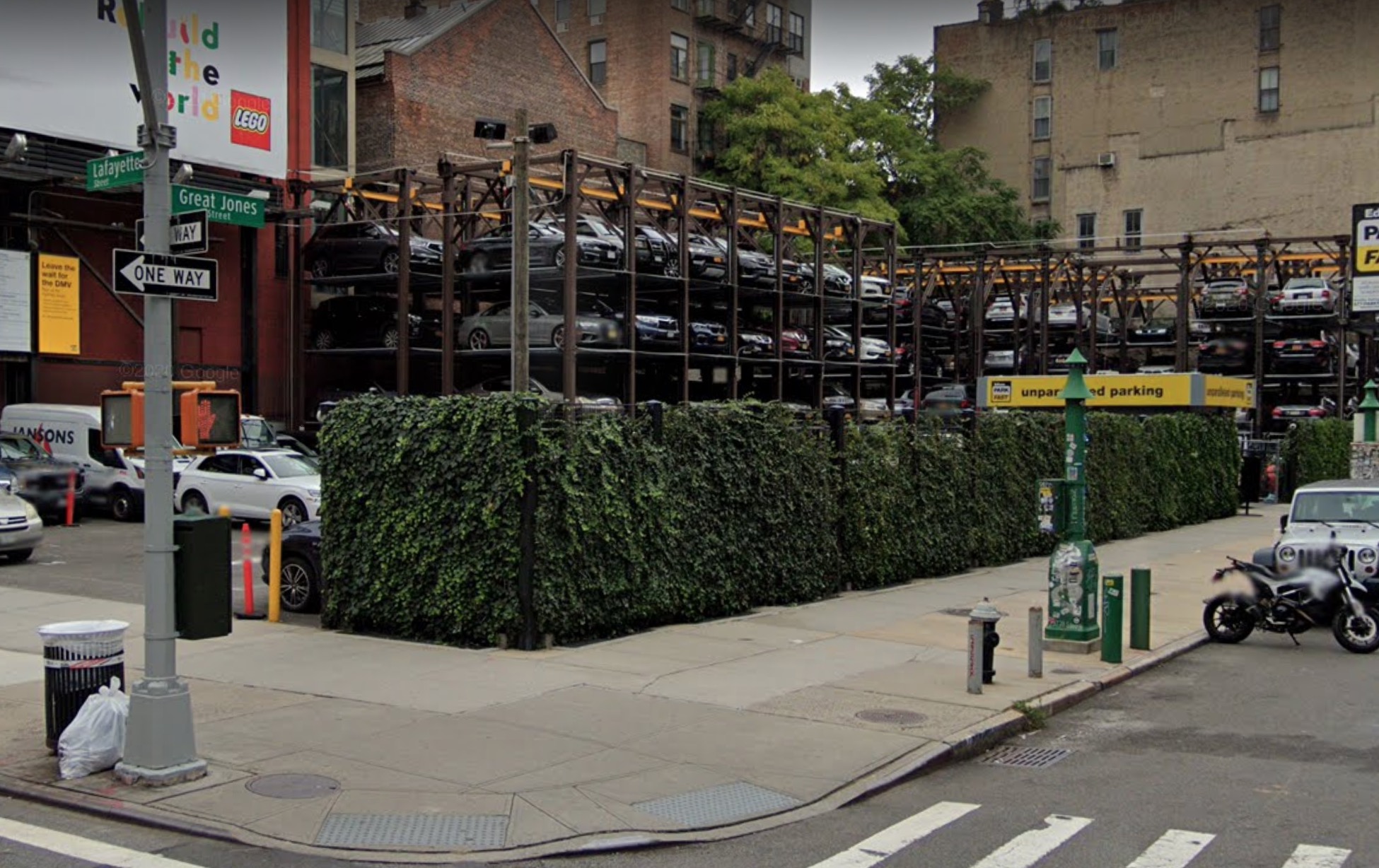
The existing zoning limits, Berman said, would allow Edison to construct 100,000 square feet of residential units — all of which could be made affordable. But the rezoning plan would allow buildings of up to 250,000 square feet, of which up to 75,000 square feet would be reserved for affordable housing; the rest, Berman charged, would potentially serve as “super-luxury housing.”
“I’ve not heard a single person in Soho and Noho raise an objection to a 100% affordable development that abides by the existing generous zoning allowances governing the size of new development being build on any of the lots in question,” Berman said. “What they do object to is destroying neighborhood protections for the sake of lining the pockets of developers, and producing a flood of luxury housing that would far outweigh the comparatively small amount of affordable housing created, which would be less than could be built on these sites under existing size restrictions.”
Along with developers, the CHPC includes “90 leaders from every industry involved with housing development and management across New York City,” such as architects, contractors, land use lawyers, academics and urban planners.
When asked about the accusations of a conflict of interest in the report, a spokesperson for CHPC said, “The report recommendations are motivated by CHPC’s mission to advance practical and equitable housing solutions for New York City. By contrast, the opposition to this rezoning is driven by an exclusionary/entitled approach from those who feel SoHo is theirs and theirs alone.”



